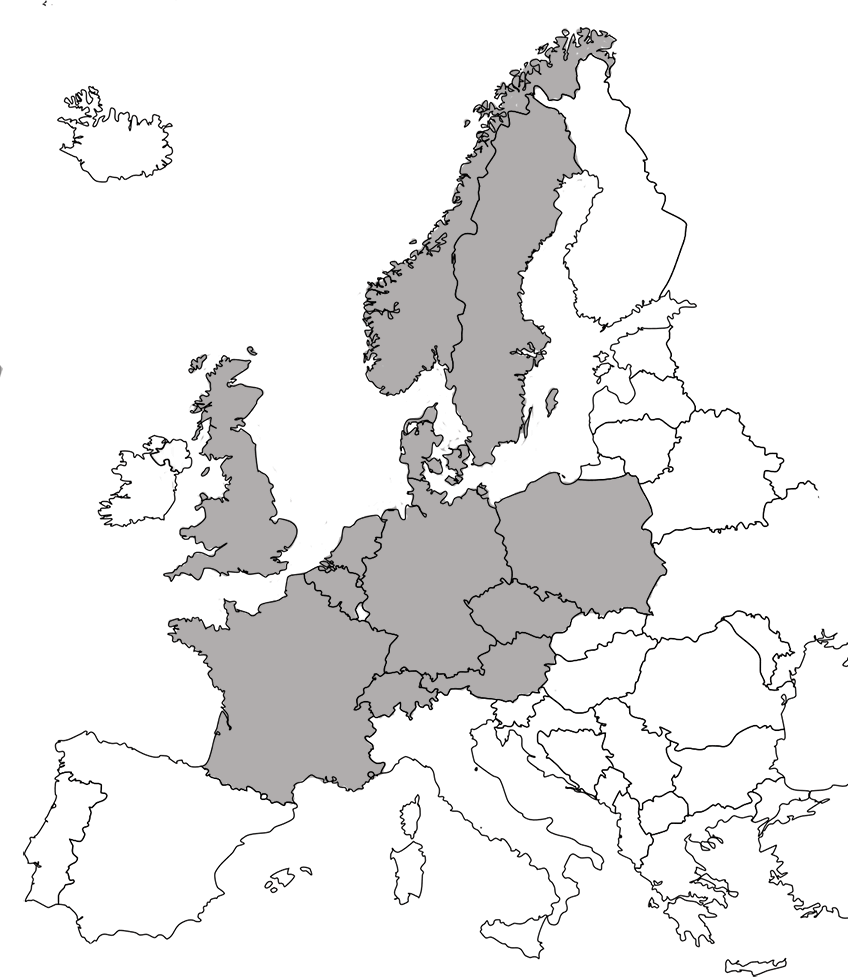EMMA in a nutshell



EMMA calculates scenario-based or long-term optima (equilibrium) and estimates the corresponding capacity mix, hourly prices, generation, storage dispatch and cross-boarder trade for each bidding zone. It also models interconnector and storage investments.

EMMA models the integrated Northwestern European power system, covering 12 countries: Germany, Poland, Czech Republic, Austria, Switzerland, France, Belgium, Netherlands, Great Britain, Denmark, Norway, and Sweden.

Technically, EMMA is a linear, deterministic model with about two million non-zero variables and solved in hourly time steps for one year. It is tailored to running a large number of sensitivities (usually hundreds of model runs for each study), each representing an optimal capacity mix with the corresponding hour-by-hour dispatch. It is written in GAMS and solved by CPLEX on a desktop computer in about an hour. Model documentation (PDF)
EMMA for Economists
EMMA is a microeconomic partial equilibrium model of the integrated European electricity sector where a market equilibrium is determined through numerical optimization. For each hour of the year, demand for and supply of electricity is matched and a clearing price determined.
Individual generation and storage technologies are simulated explicitly. Markets are assumed to be competitive and complete such that prices are set by marginal production costs except in times of capacity scarcity. Demand fluctuates exogenously but is perfectly price-inelastic up to a reservation price of 1000 €/MWh when it becomes perfectly price-elastic. The resulting market-clearing price resembles the equilibrium price on European wholesale electricity markets. Trading between bidding zones takes place until arbitrage possibilities are exploited or capacity constraints become binding. Investment decisions are taken based on annualized capital cost and these spot prices. The resulting resource allocation represents a long-term economic equilibrium with prices essentially following the peak-load pricing theory.
EMMA is written in GAMS, a software originally developed for macroeconomic modeling.
EMMA for Engineers
EMMA is an optimization model of the European interconnected power system. It minimizes total system costs with respect to dispatch and investment of generation, storage and interconnectors in hourly granularity.
It features 14 generation and two storage technologies. This is subject to a large number of technical constraints related to short-term system balancing, combined heat and power, cycling of thermal plants, and operational constraints on hydro dispatch, among others. Electricity demand has to be served in each hour of the year with a value of lost load of 1000 €/MWh. Cross-border trade is subject to net transfer capacity. Unit commitment and load flow are not modeled.
EMMA is a linear program with about 2mn non-zero elements and is regularly solved with CPLEX.
EMMA for Policy Makers
EMMA is a techno-economic computer model of the European electricity system. It determines both dispatch of and investment in generation technologies, energy storage and transmission. A representative year is simulated in steps of individual hours. This results in prices that reflect the structure of wholesale electricity markets.
Policy targets for renewable energy are featured; climate policy can be depicted through a price on carbon emissions and/or an emission budget.
